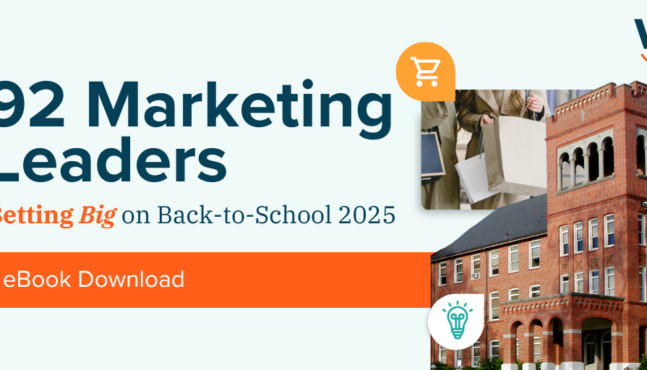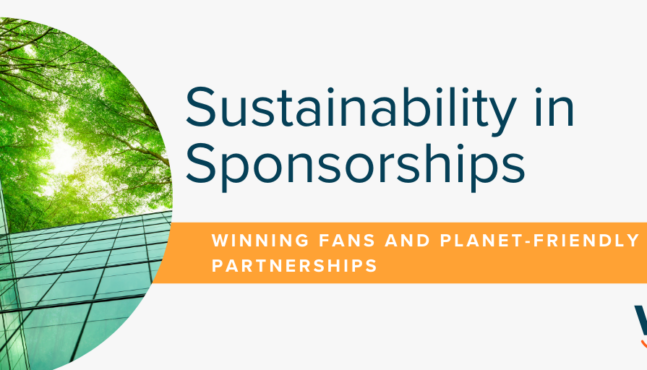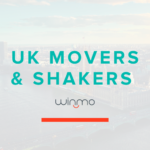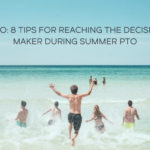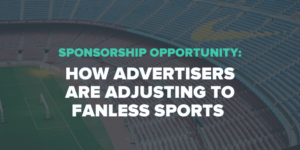
How Advertisers are Adjusting to Fan-Less Sports
Today, global sports sponsorship rights fees may fall 37% with fan-less sports. From $46.1 billion in 2019 to $28.9 billion in 2020 – as the result of COVID-19 (according to projections by Two Circles, a sports agency whose analytics are used by the NFL, Premier League, and over 300 other organizations).
It doesn’t only affect rights-holders either. For media sellers in the U.S., a lack of live sports has eliminated regular-season game ad investment for basketball, hockey, soccer, and baseball, plus weekly events for golf and NASCAR. However, the biggest loss for networks comes from the brand spend anticipated from the post-season, the lucrative NCAA Men’s Basketball Tournament (over $941 million in TV ad spend in 2019). It’s also delayed the NBA Playoffs and NHL’s Stanley Cup Playoffs (over $800 million and over $450 million in TV ad spend, respectively, last year per iSpot.tv).
For brands that seek exposure with sports fans, the pandemic is a barrier between them and key audiences. Venues, teams, and other rights-holders reunite from afar.
The Opportunity: Fan-less Sports
While a return to fan-packed stadiums is in the distant future, properties don’t have time to recoup their losses. Now there’s a return to live televised sports – without the fans. Several sports have come back without spectators (except for rugby in New Zealand).
SOCCER
Soccer is back and, in Europe, all eyes were on Germany’s top-tier league Bundesliga, which came back with a “ghost game” on May 16. Bayern Munich and F.C. Union Berlin faced off in a 22,000-capacity, nearly empty stadium, apart from players, staff, and security.
Fans undoubtedly noticed the eeriness of sounds normally drowned out by the crowd like a ball kick. But to sponsors, it’s a renewed connection with fans and sponsorships that weren’t used.
And those empty seats may actually present a unique opportunity.
We talked with our sponsorship analytics partners at GumGum Sports, who estimate a potential of €2.7m in Sponsor Media Value across television broadcasts in Germany was available to brand partners.
Now, soccer games have resumed in Germany, Italy, England, and France, which allow European venues to increase brand awareness in the stands.
In Italy, some soccer teams have thought up innovative ways to avoid the sadness of playing in front of empty seats. Lazio, one of the two top-division teams in Rome, came up with an idea of fans purchasing cardboard cutouts of themselves to be placed in the stands, with proceeds going to the Red Cross.
NASCAR
In the U.S., NASCAR was one of the first major sports to return. The Real Heroes 400 race on May 17th drew nearly 6.3 million television viewers. To provide additional sponsorship ROI, NASCAR experiments with a radical paint scheme for July 15th’s All-Star Race at Bristol Motor Speedway.
According to AutoWeek, car numbers will be pushed back against the rear wheels to provide more space on the side of cars for logo placement, too.
Meanwhile, speedways are investigating how to advertise in open seats. While restrictions keep seats empty, the camera-visible ones offer a new opportunity for sponsor placements. Using their White Space technology, GumGum Sports determined unbranded grandstands accumulate 53 minutes of exposure. That’s $3.4M in sponsor media value.
“Although The Real Heroes 400 did not feature grandstand signage, leagues and teams can leverage these empty stands to drive additional value for sponsors by utilizing a branded tarp or digital overlay,” GumGum said in its evaluation.
And, unlike contact sports, NASCAR drivers are required to wear masks, which can be branded, too.
GOLF
Today, the number of fan-less golf tournaments continues to grow. Multiple US competitions, including the PGA Tournament in August, won’t allow spectators. Yet, the show must go on and the organizations will protect their athletes. Now, golf’s sponsors rely on product placements. Overall, golf has many fans and program officials expect viewership to increase.
From there, many advertisers push sponsors to bid for placements. As mentioned, product placements and AI will be the most popular ways to track and show value. Commercials will also be important revenue streams for the Golf Channel and PGA Tours, as well.
ADDITIONAL SPORTS PLANS TO RETURN
Finally, the NBA has created a safety ‘bubble’ for its players as play resumes July 30 in Orlando. The Indianapolis 500 is scheduled for August, The Kentucky Derby in September, and the Masters in November.
Overall, the industry has taken a large hit. However. experts believe that the sports industry will thrive in the long term.
If you’re looking for brands who have historically partnered with sports teams and athletes, Winmo has you covered. Find NFL, NBA, NHL, MLB and MLS sponsors by team and league association, plus the Sponsorship Directors, VPs and CMOs responsible for these budgets. Request more information for your team here.

